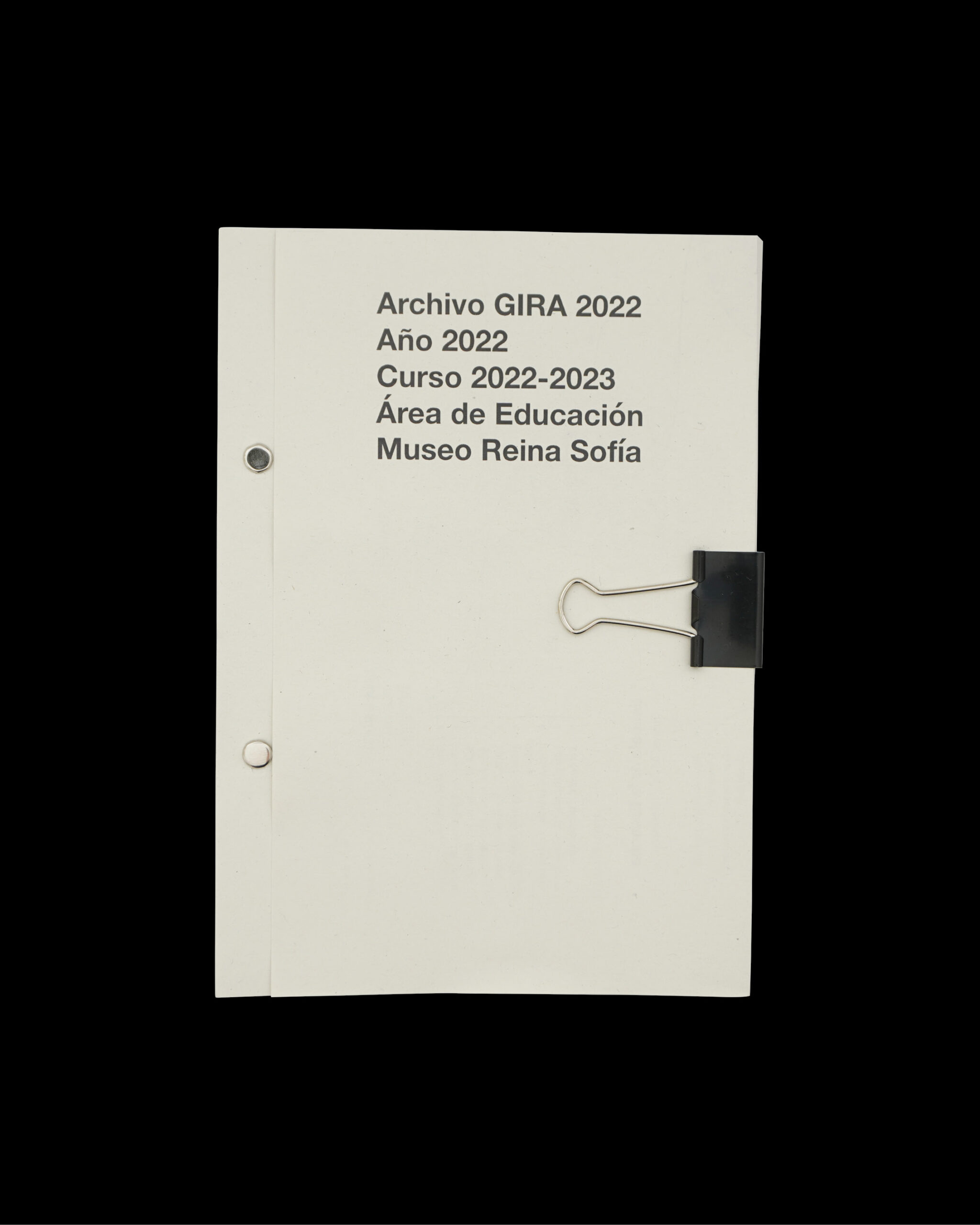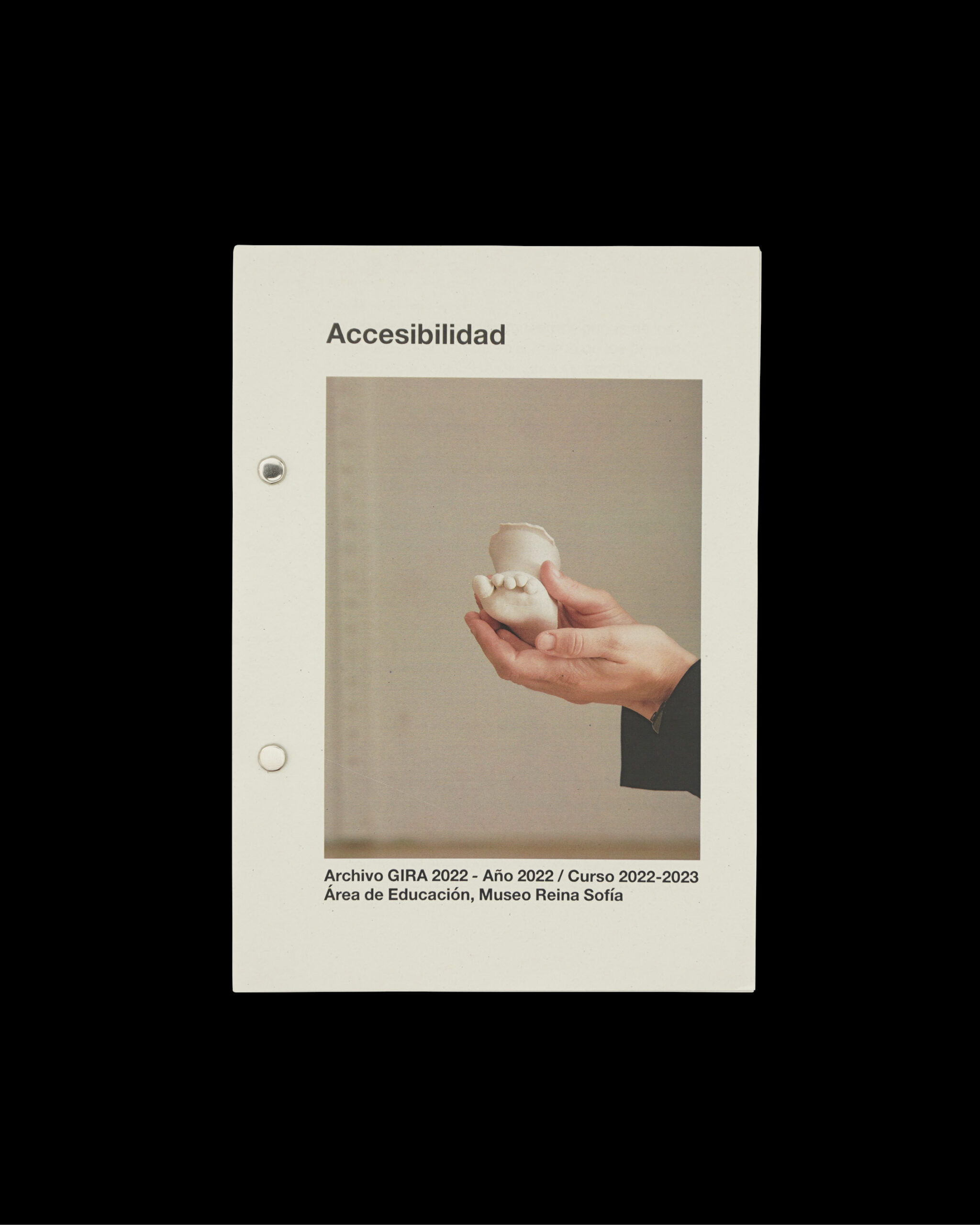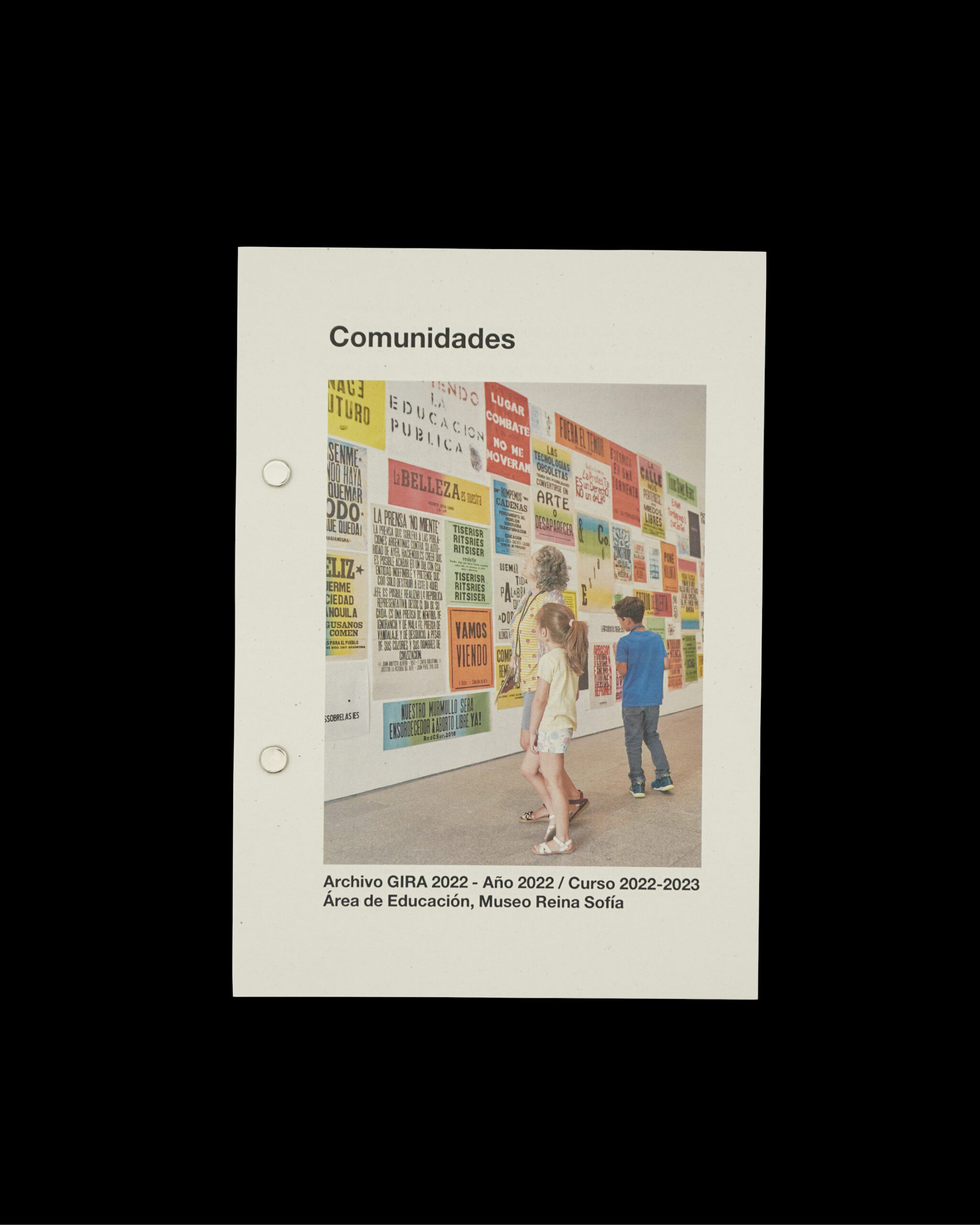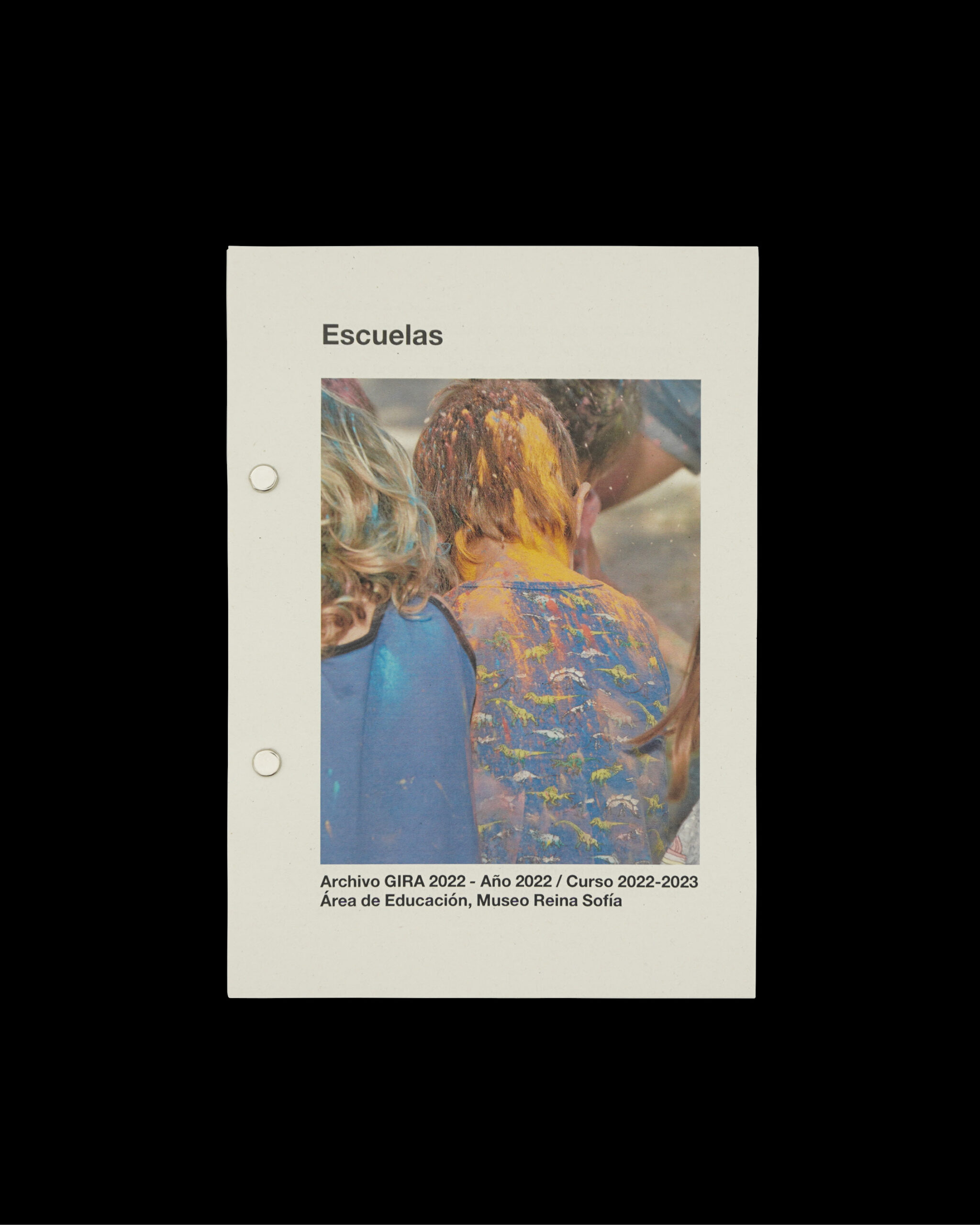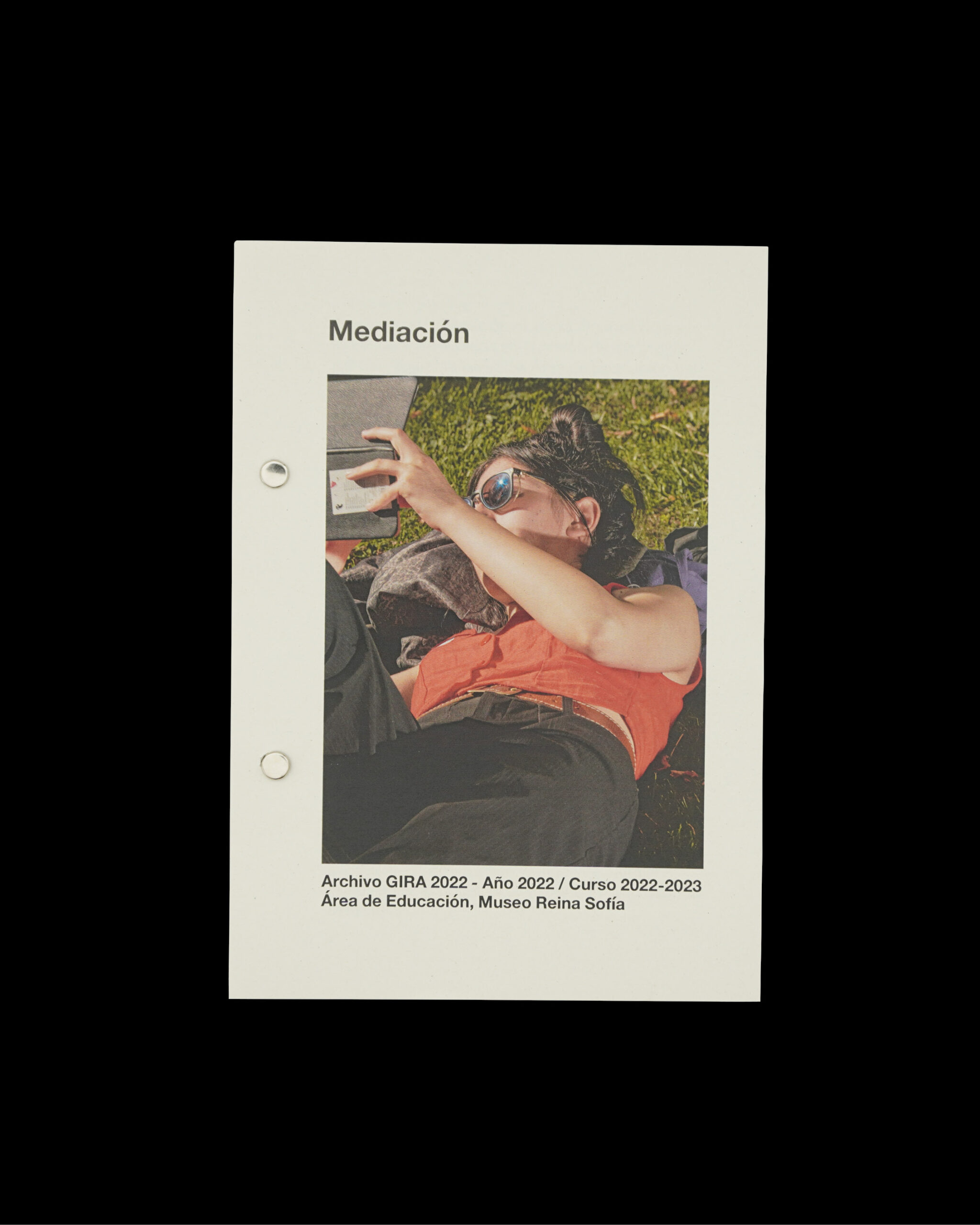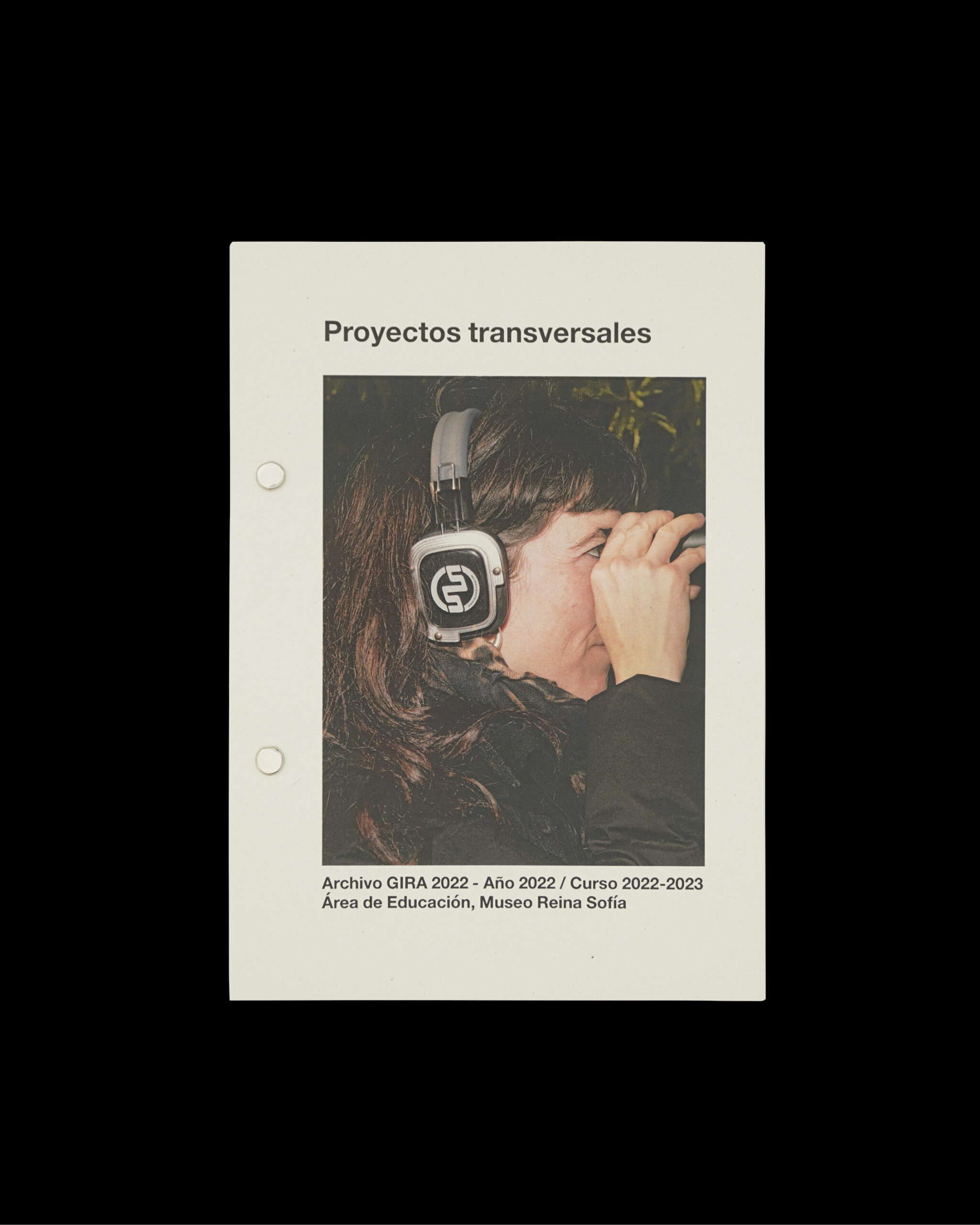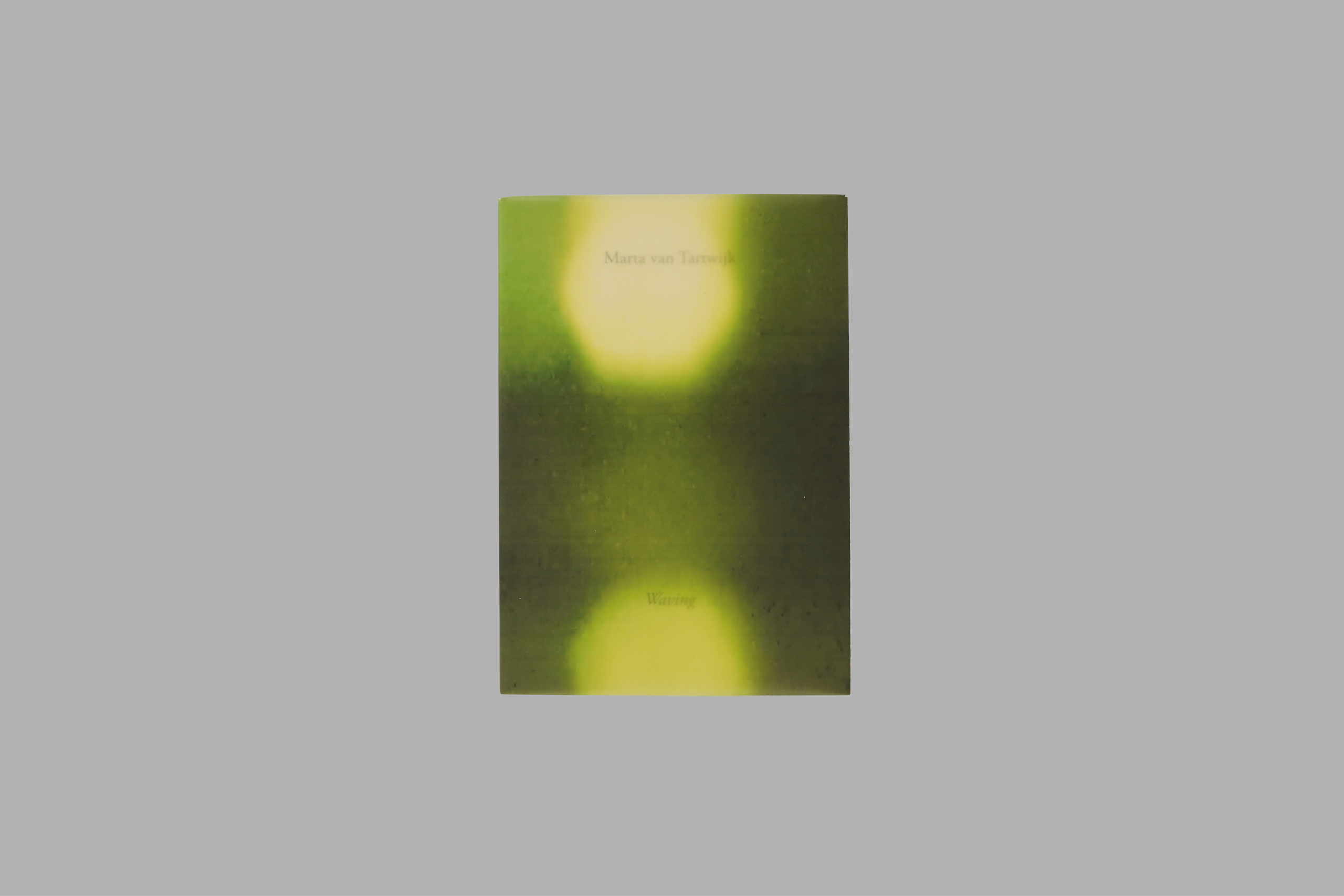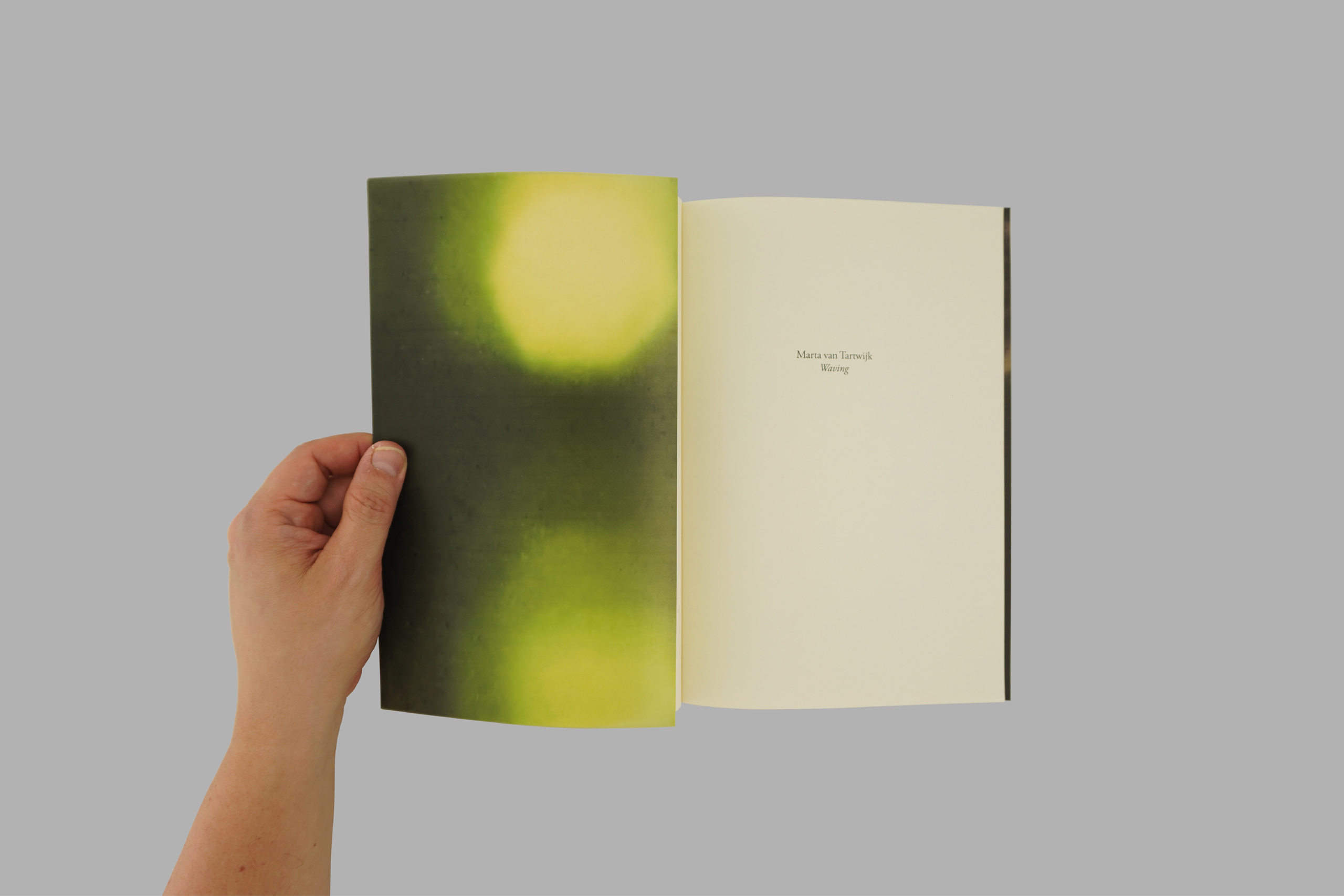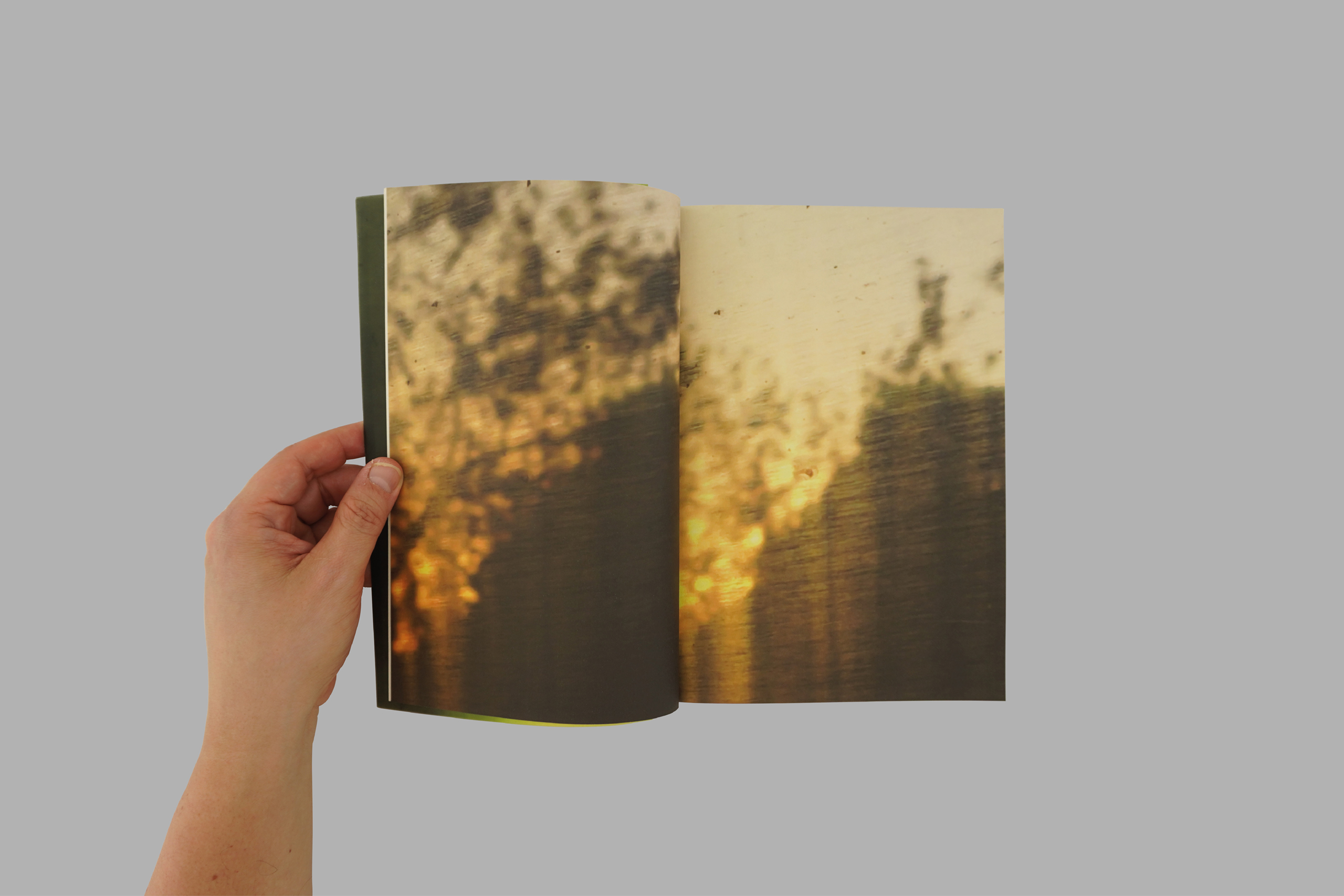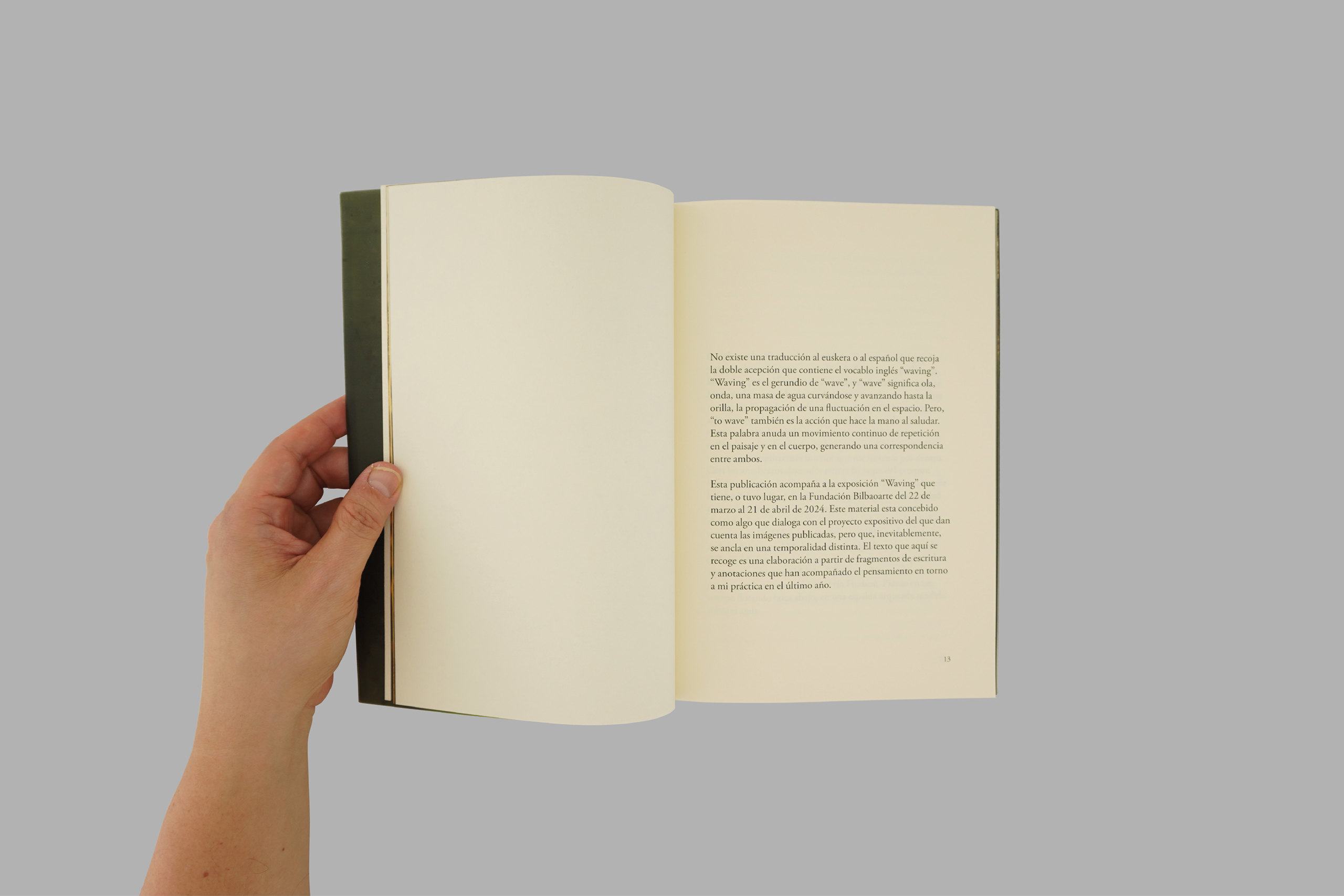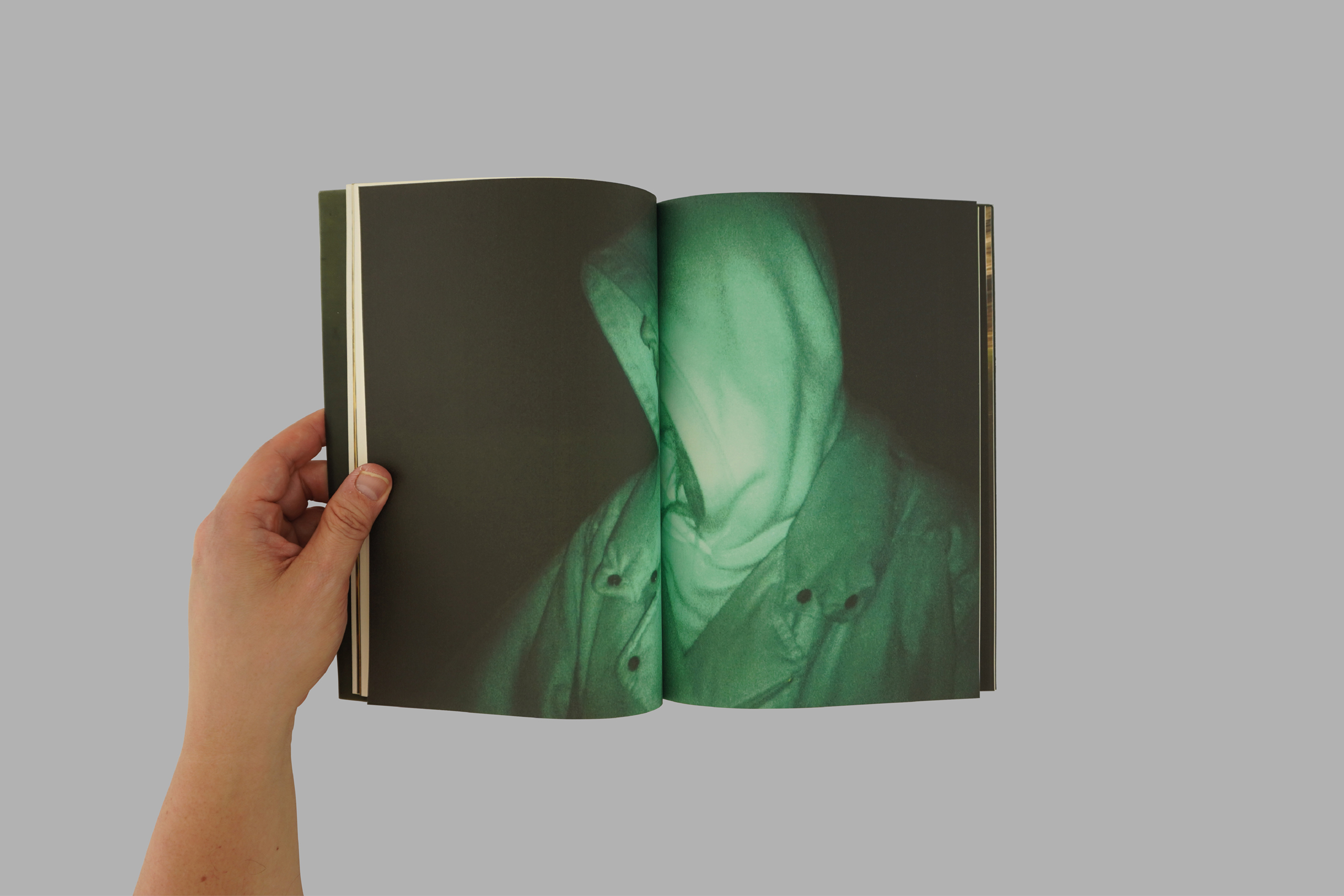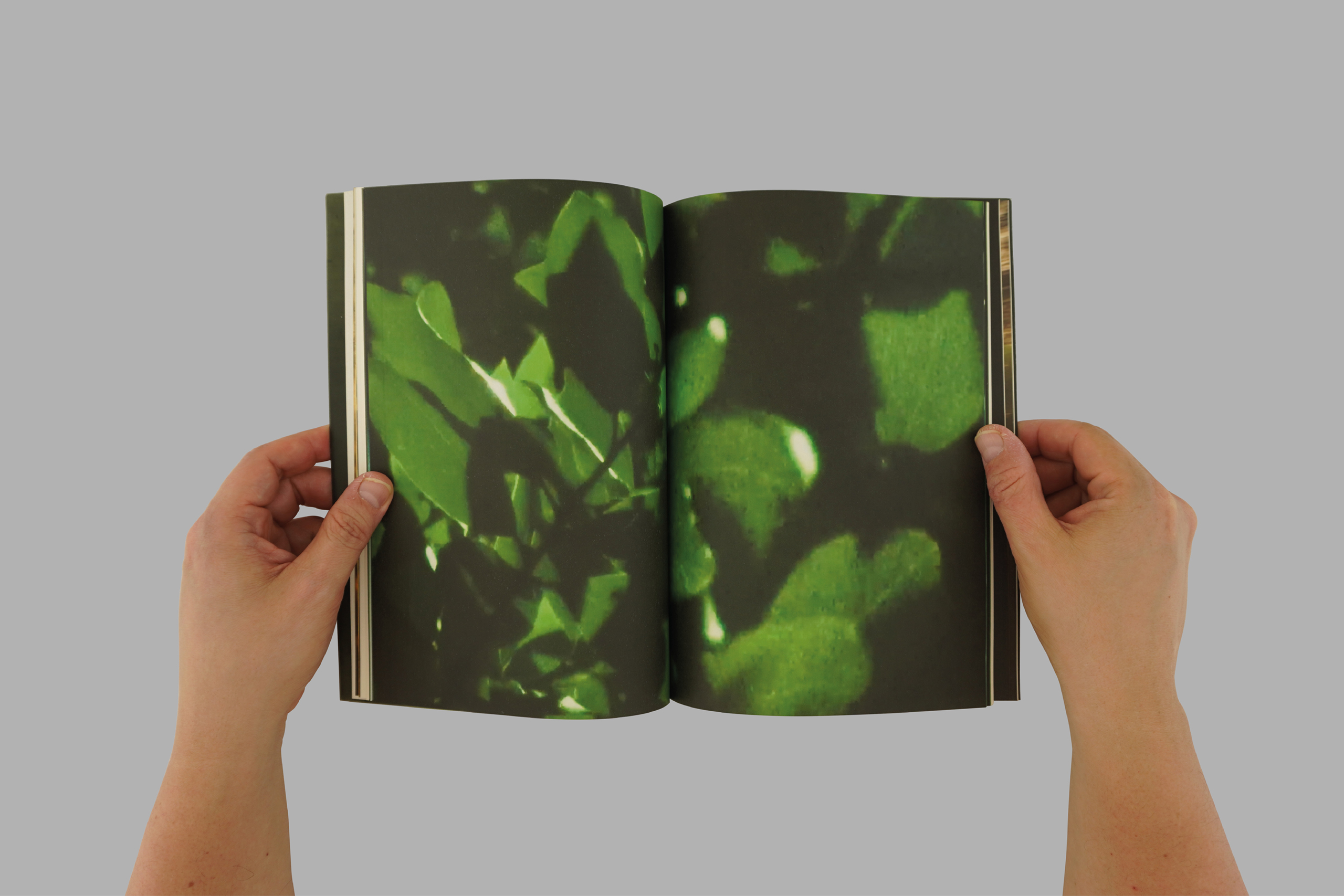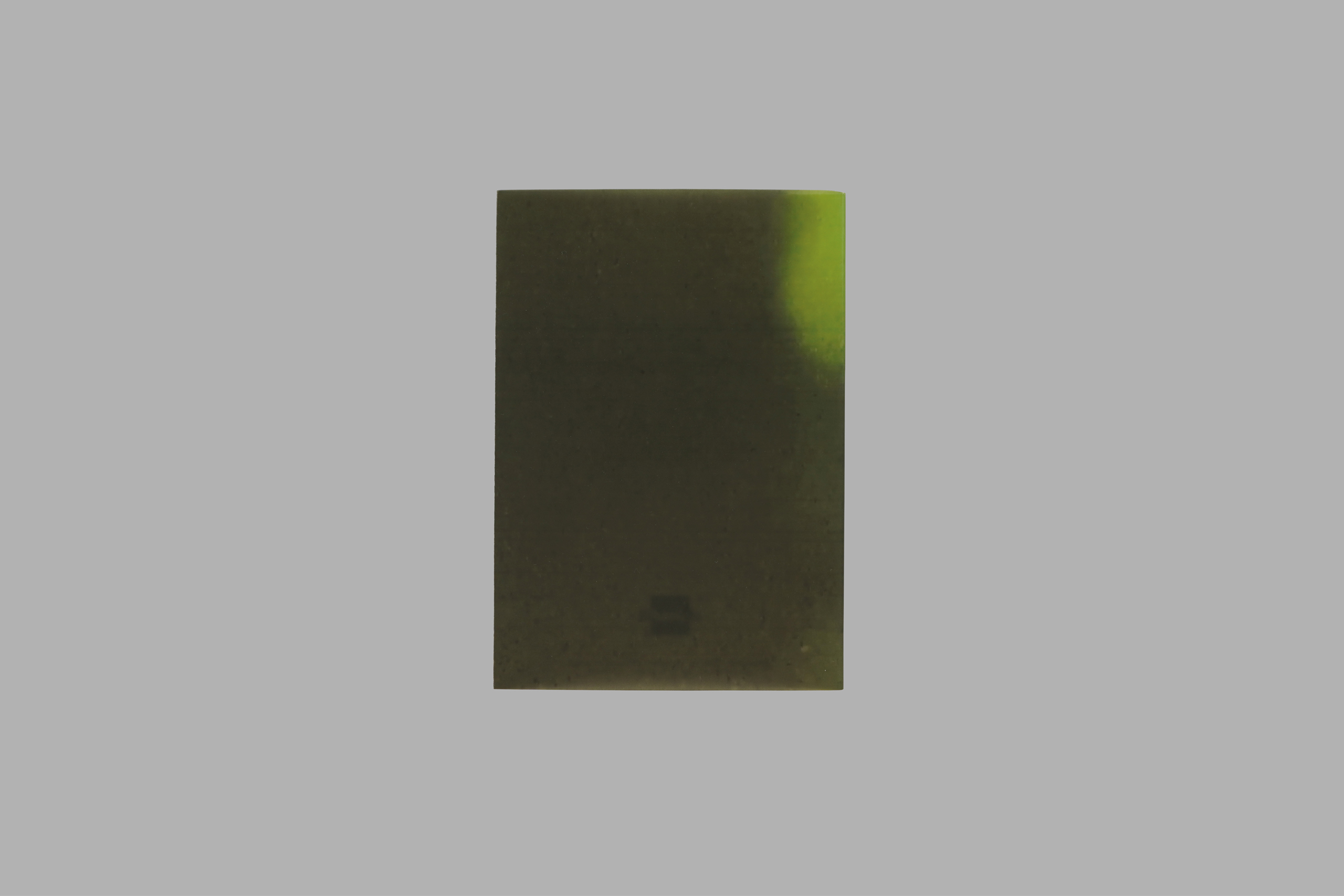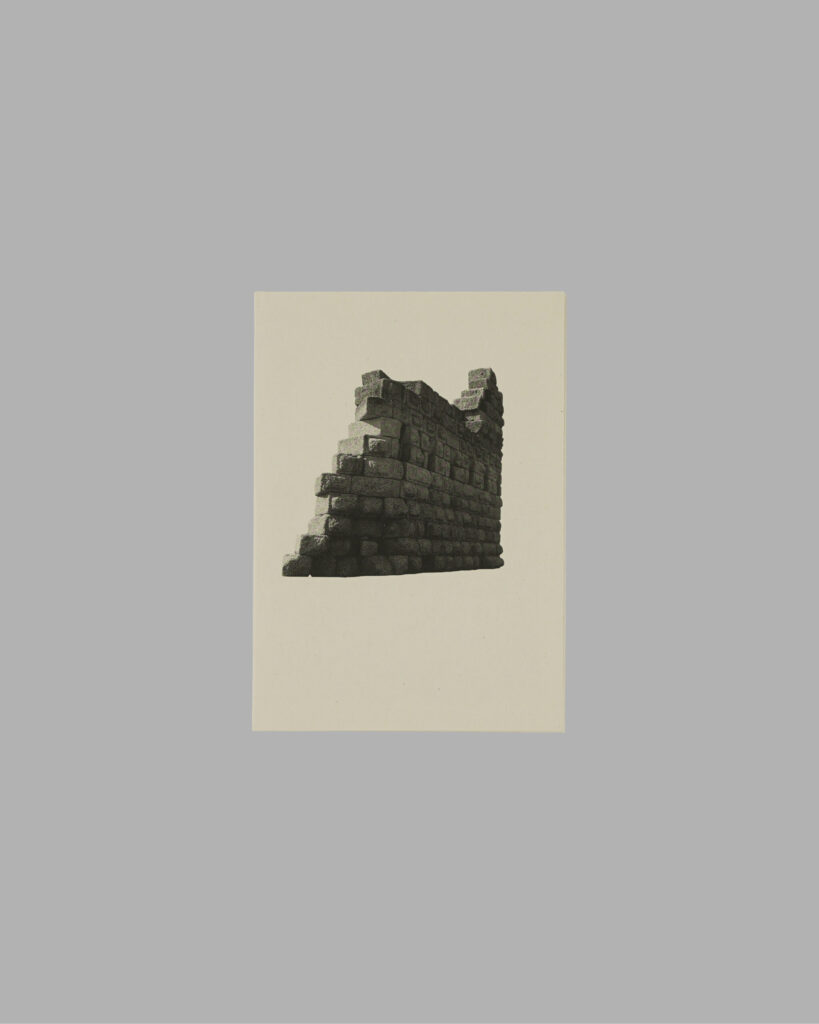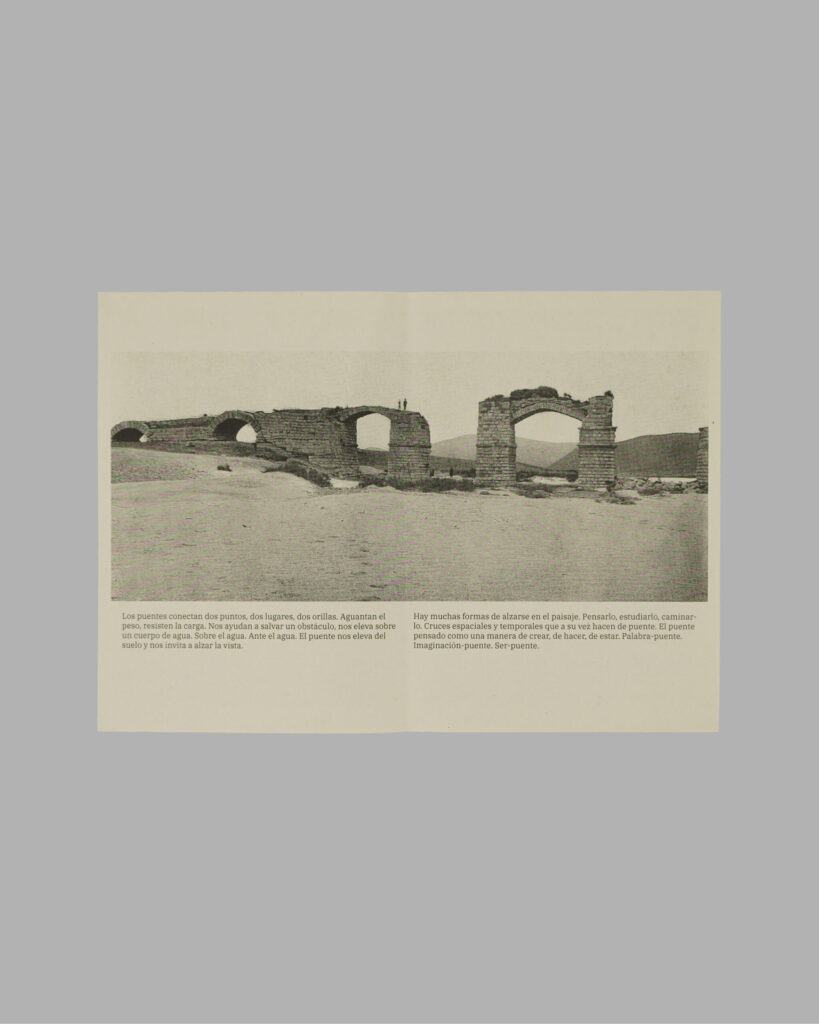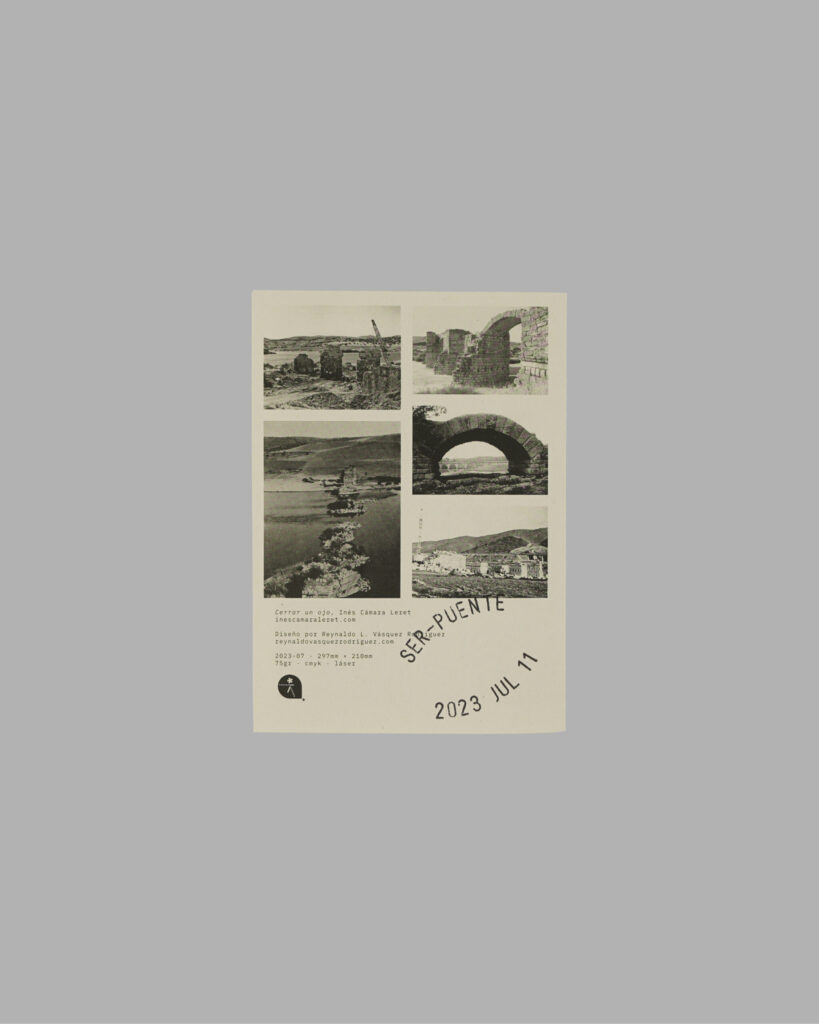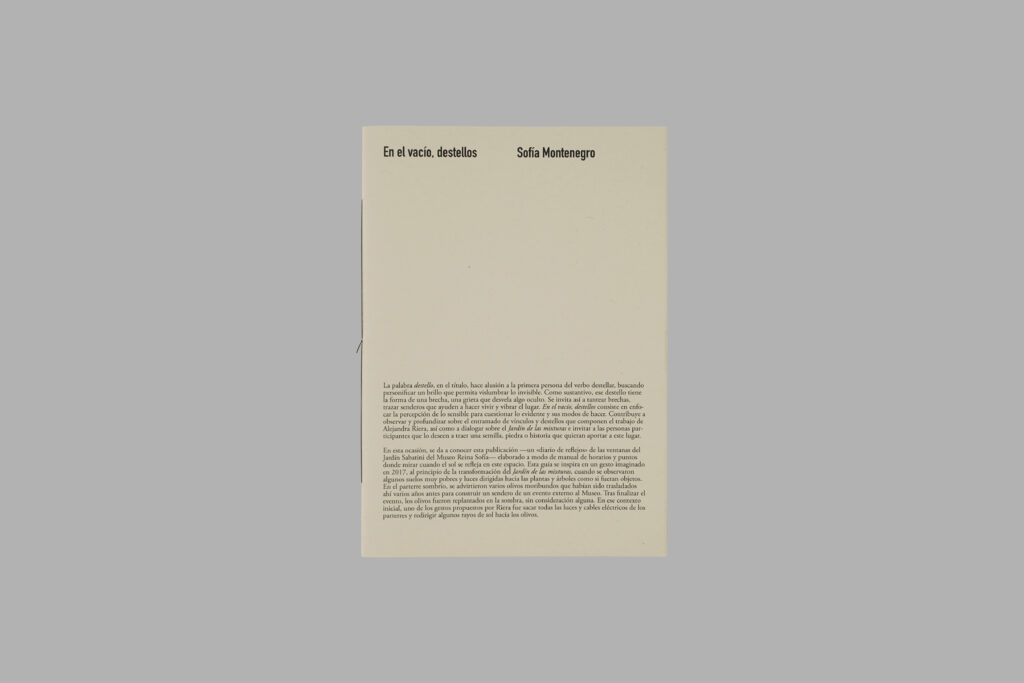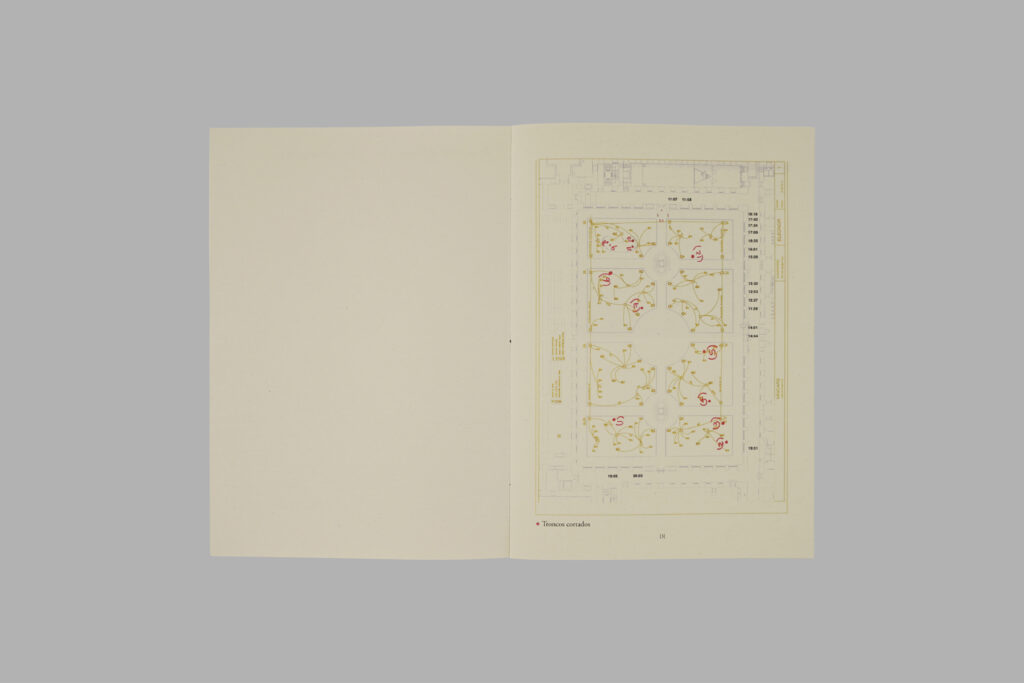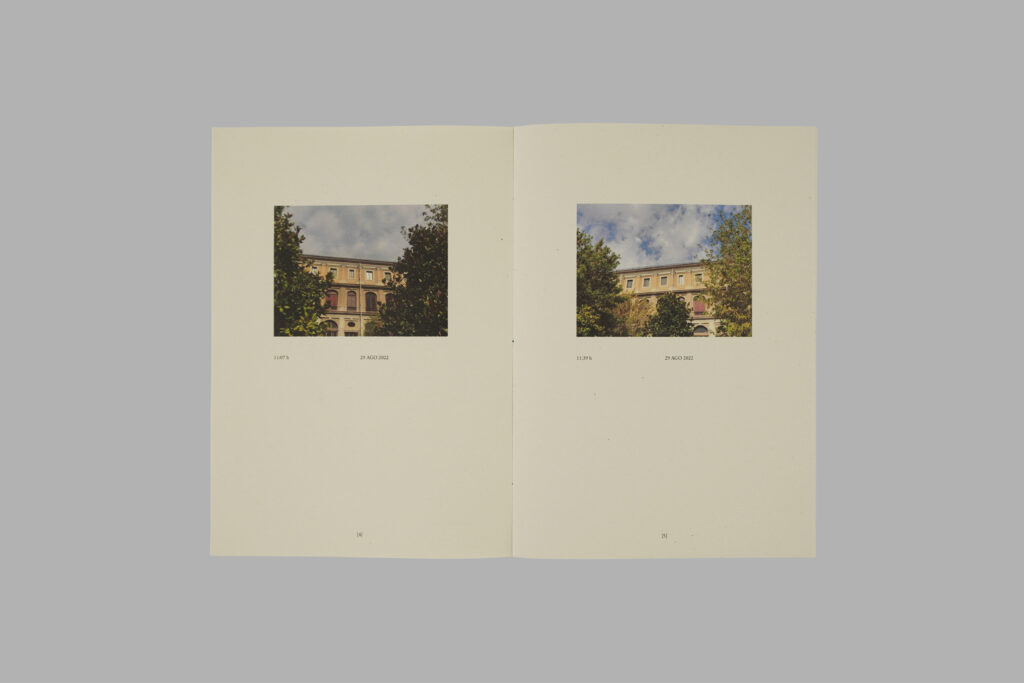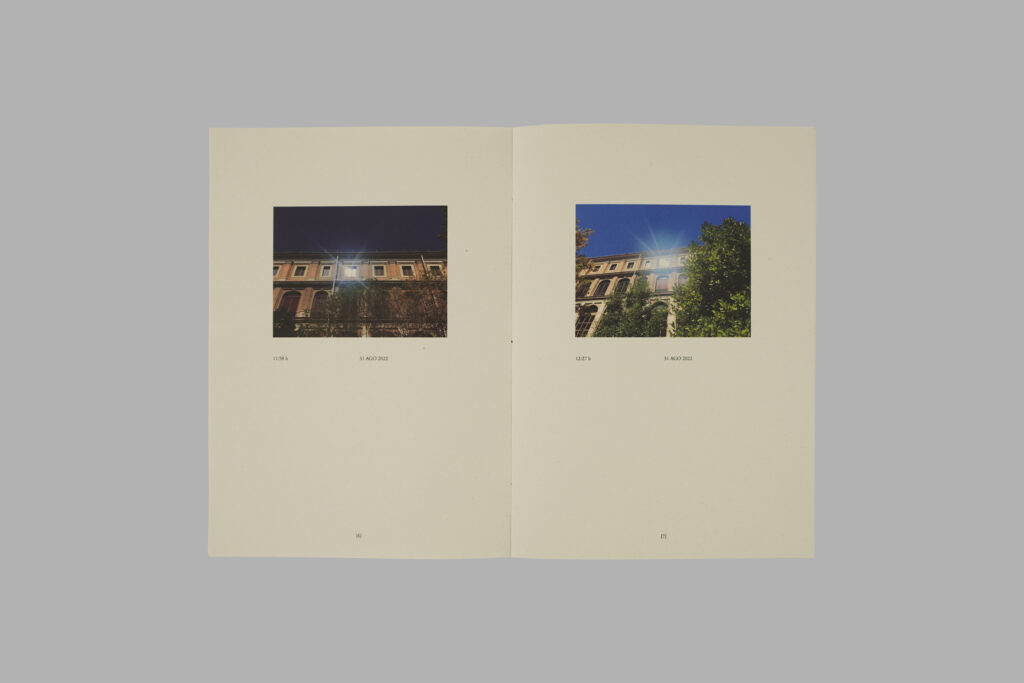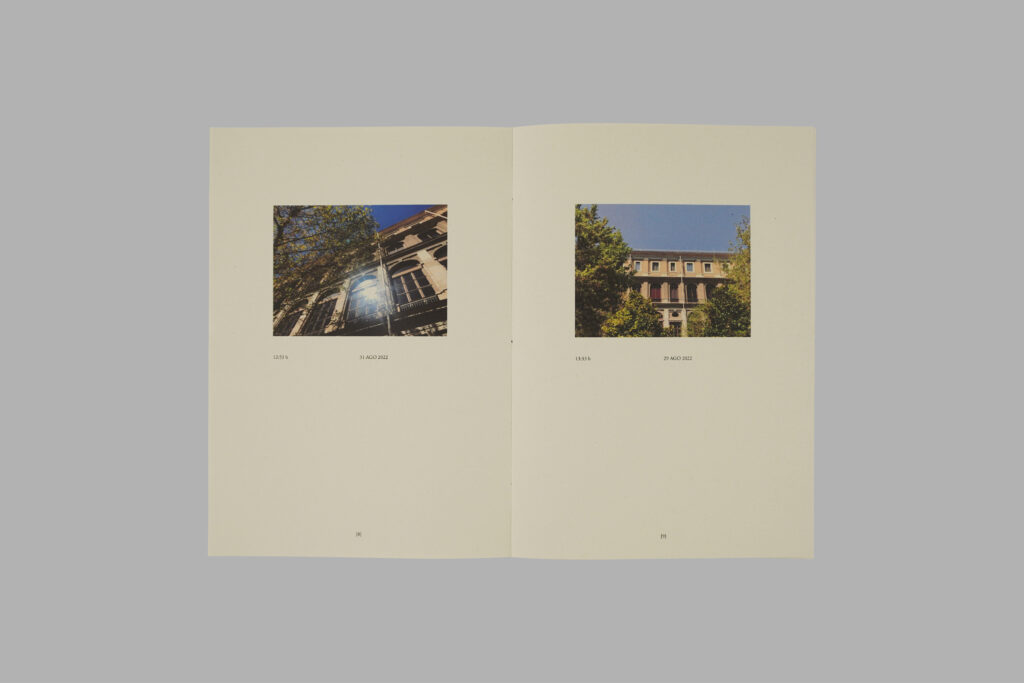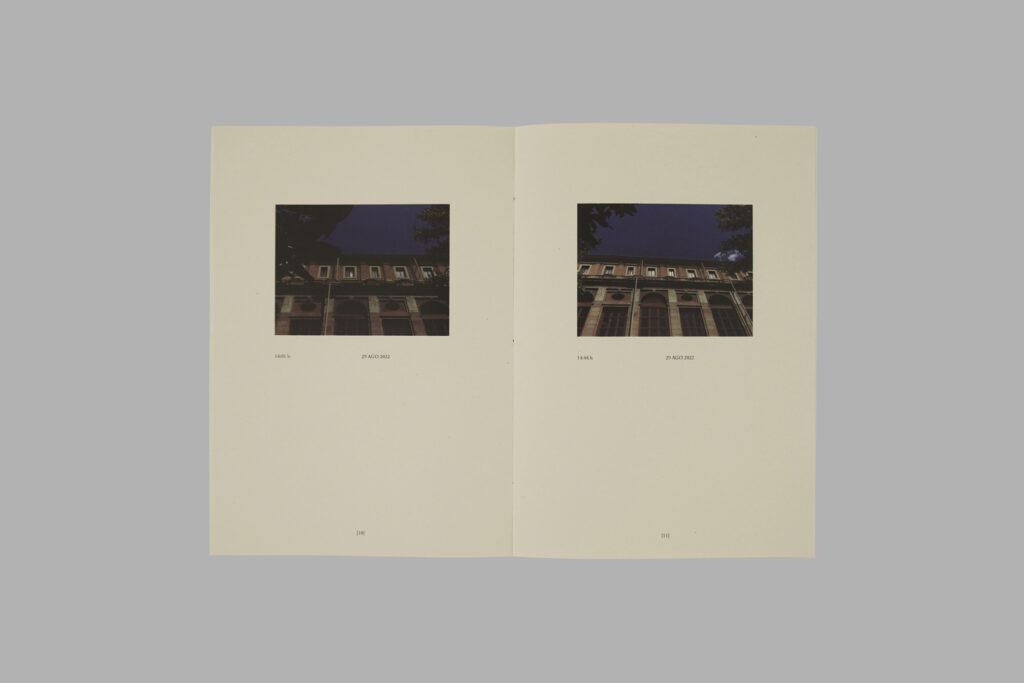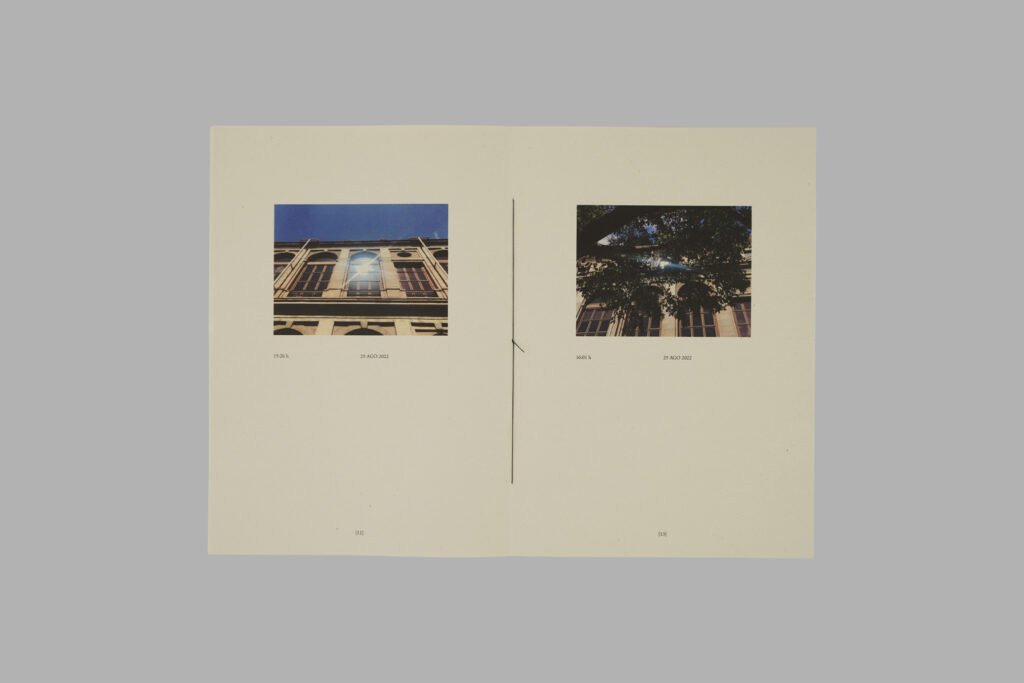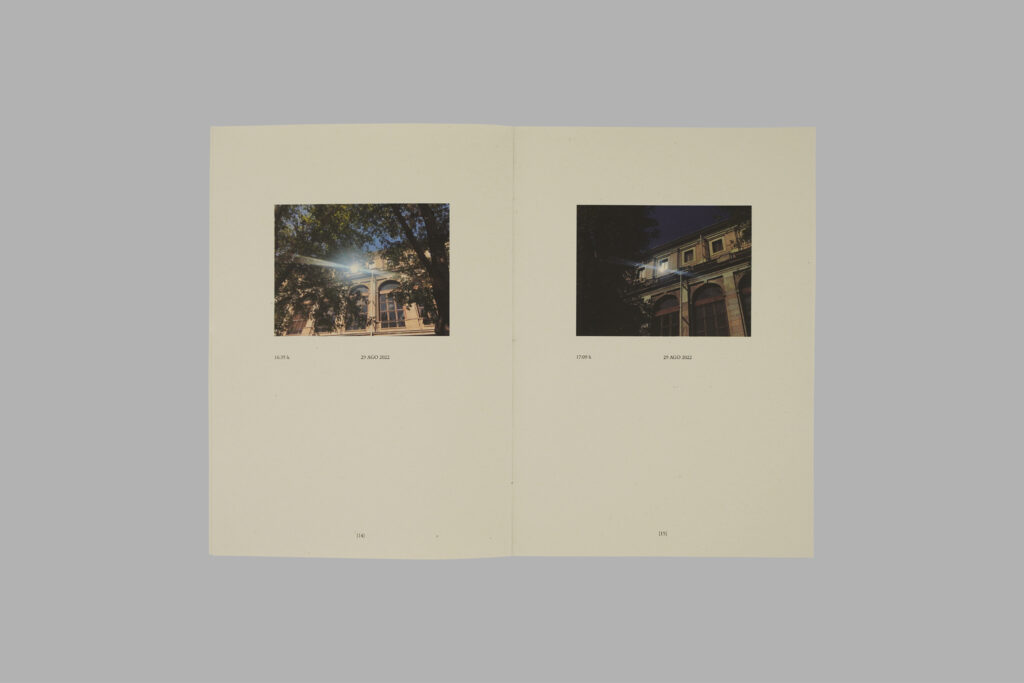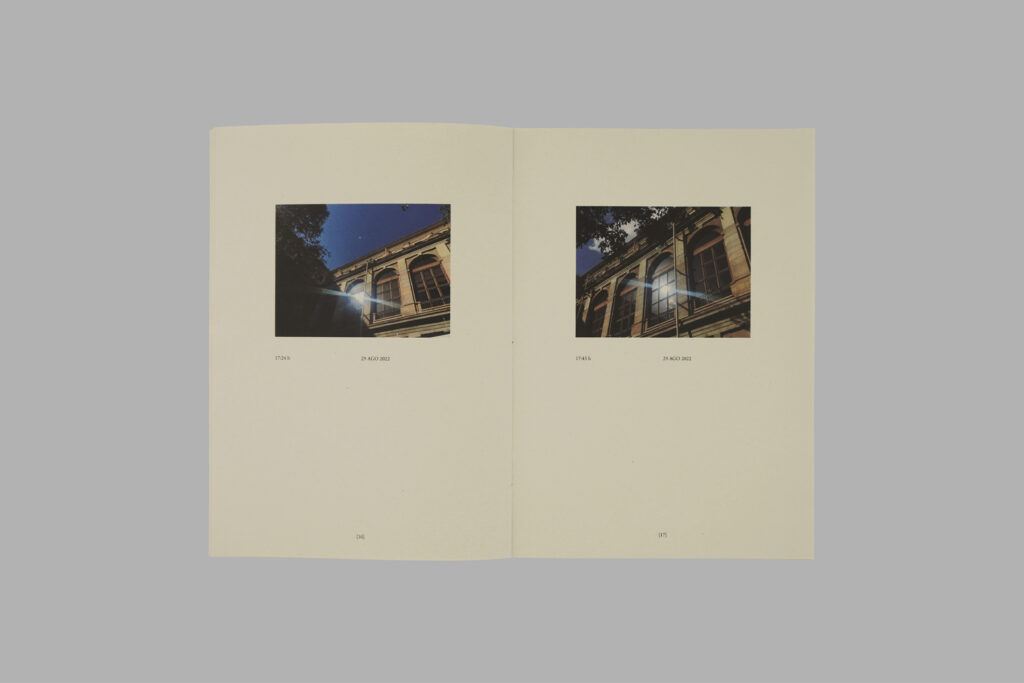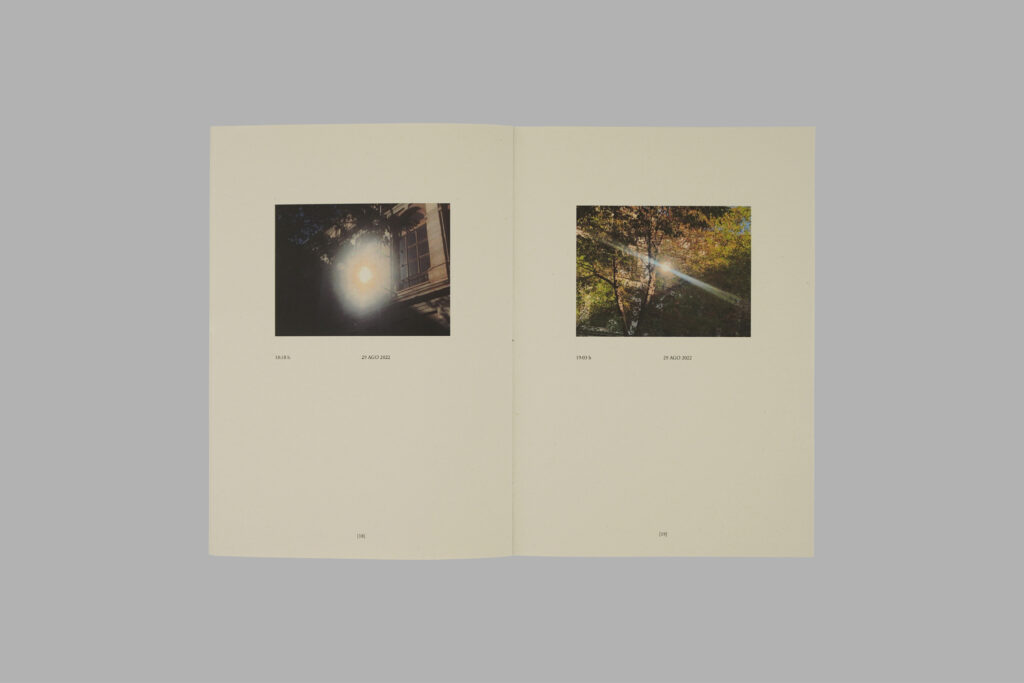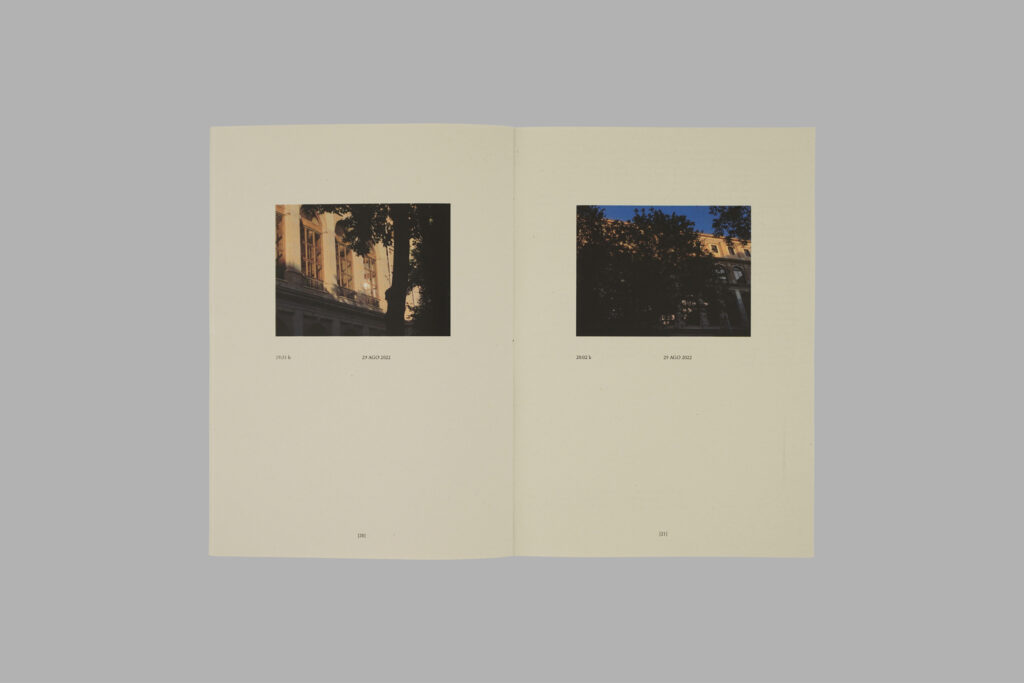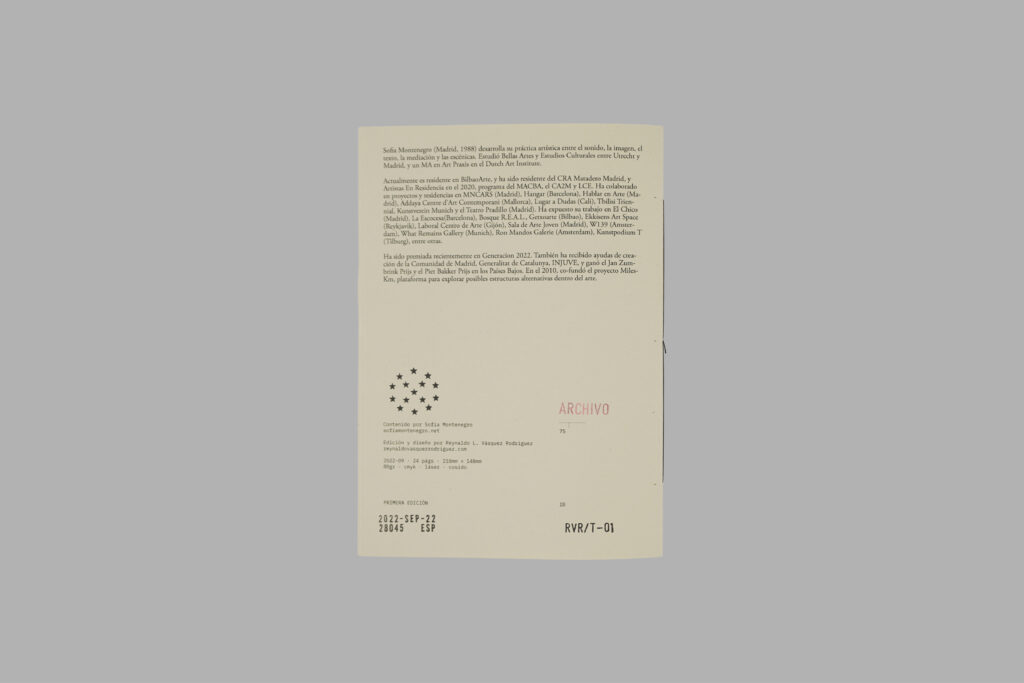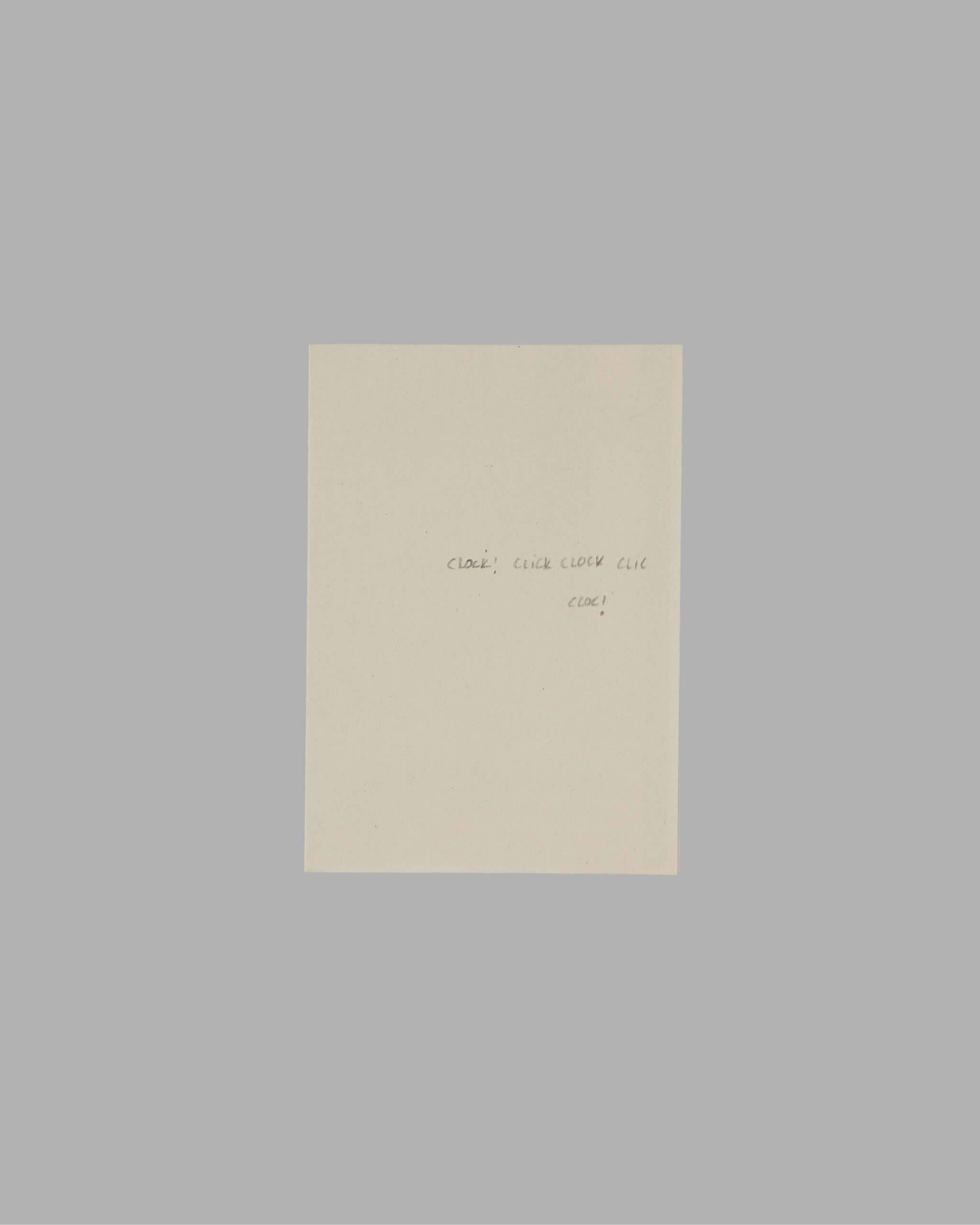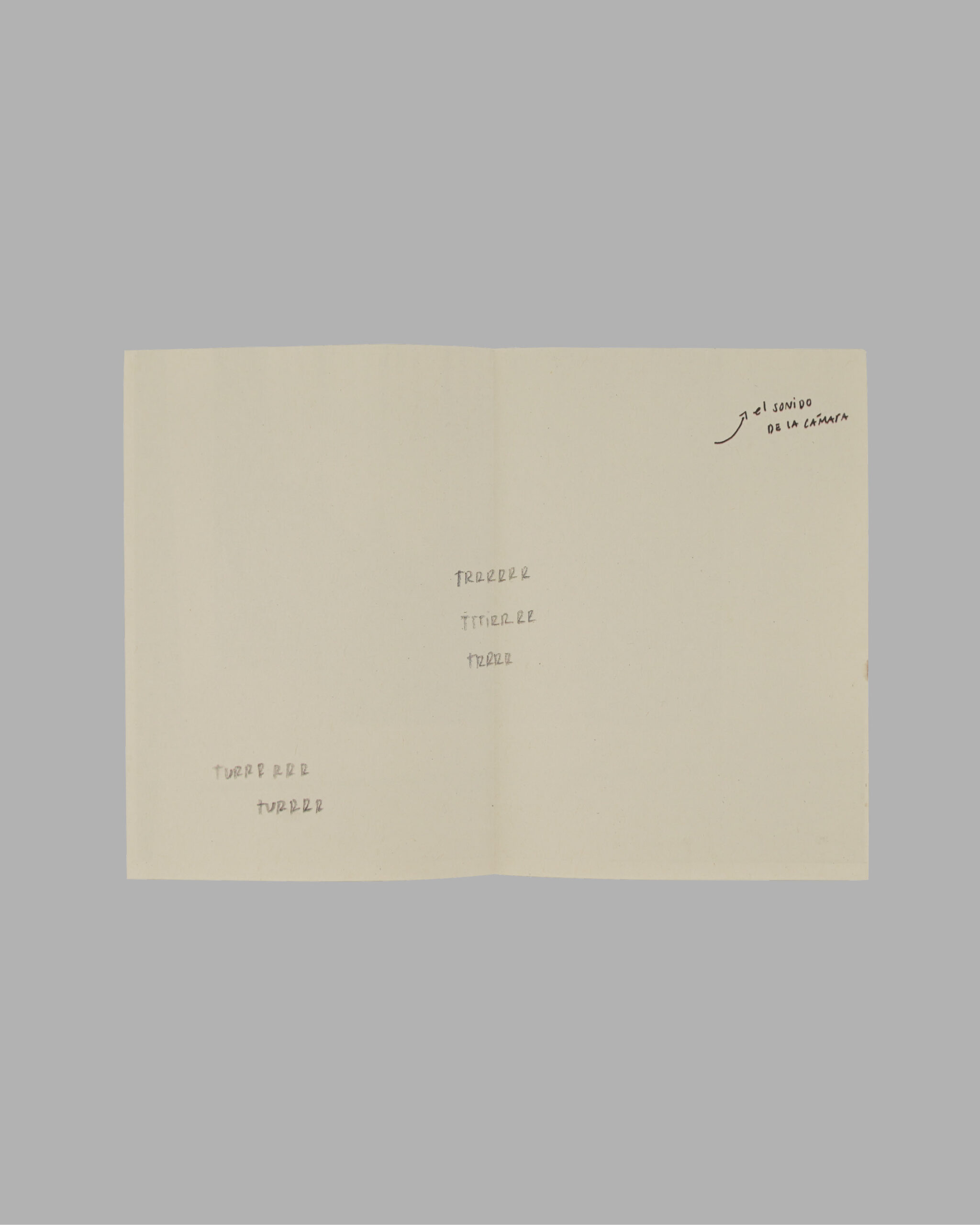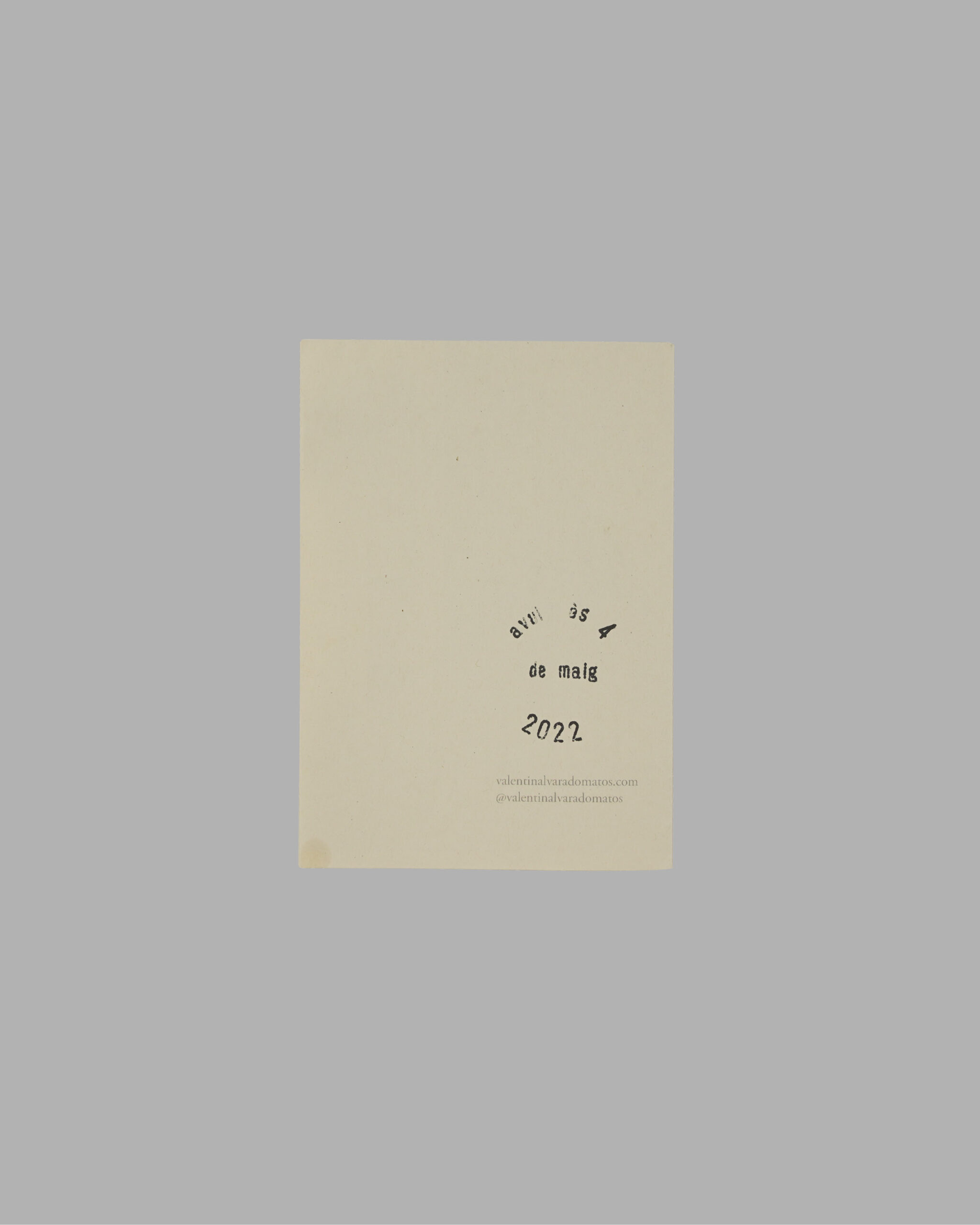Esta publicación reúne una selección de materiales generados en los proyectos del programa GIRA del Área de Educación del Museo Reina Sofía entre 2022 y mediados de 2023. Organizados por secciones —Accesibilidad, Comunidades, Escuelas, Mediación y Transversales—, los proyectos se presentan mediante fichas, imágenes, guiones y testimonios que dan cuenta de sus procesos y experiencias.
El archivo se enmarca en la investigación activa sobre formas de documentar y recordar, desarrollada junto al proyecto El Museo al Encuentro de su Archivo.
Edición a cargo de Violeta Montiel, con asistencia de Alejandro Martínez. Las fotografías pertenecen al archivo fotográfico del Museo Reina Sofía y han sido realizadas por Joaquín Cortés, Román Lores, Bego Solís y Luca Ayres. Se ha procurado atribuir correctamente la autoría de cada imagen; en caso de error, omisión o inexactitud, se atenderá cualquier corrección necesaria. Diseño y producción por Reynaldo L. Vásquez Rodríguez. Impresión realizada en la Reprografía del Museo Reina Sofía. Publicado por el Área de Educación del Museo Reina Sofía. Licencia: CC BY-NC 4.0.
This publication brings together a selection of materials produced through the GIRA program of the Education Department at Museo Reina Sofía between 2022 and mid-2023. Organized by sections—Accessibility, Communities, Schools, Mediation, and Cross-cutting—the projects are presented through records, images, scripts, and testimonies that reflect their processes and lived experiences.
The archive is part of an ongoing investigation into how to document and remember, developed alongside El Museo al Encuentro de su Archivo.
Edited by Violeta Montiel, with assistance from Alejandro Martínez. The photographs are part of the Reina Sofía Museum’s photographic archive and were taken by Joaquín Cortés, Román Lores, Bego Solís and Luca Ayres. Every effort has been made to correctly credit the images; any errors, omissions, or inaccuracies will be addressed upon notification. Design and production by Reynaldo L. Vásquez Rodríguez. Printed by the Reina Sofía Museum’s Reprography Department. Published by the Education Department of the Reina Sofía Museum. License: CC BY-NC 4.0.
Ver / View: Mediar el futuro – Museo Reina Sofía ↗︎
City: Spain, Madrid · First edition: 2025/03/03 · Edition size: Open · Nº of pages: 246 p · Paper: Bond Recycled 80 g/m² · Dimensions: 210 × 148 mm · Process: Laser CMYK · Binding: Brad binding · Extras: Dust Jacket
